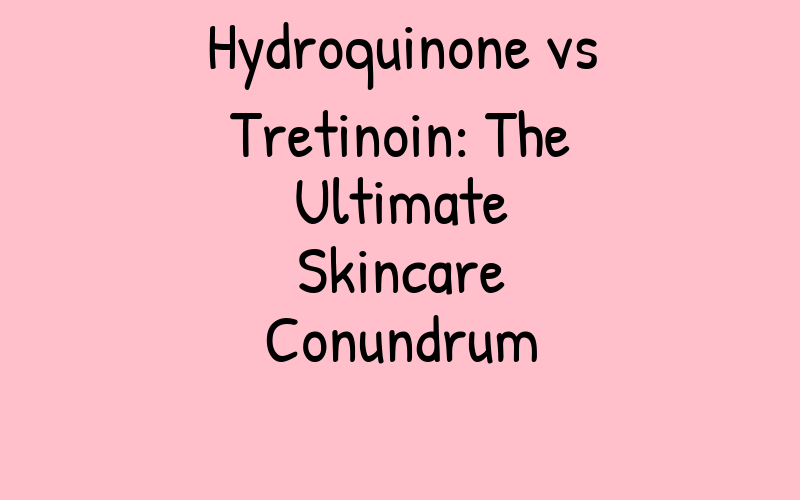Table of Contents
Hydroquinone vs Tretinoin: The Ultimate Skincare Conundrum
When it comes to addressing hyperpigmentation, dark spots, and skin brightness, over-the-counter (OTC) skincare products often get stuck on using either hydroquinone or tretinoin. Both ingredients have been the go-to solutions for many individuals, but they work differently, have different mechanisms of action, and come with their unique set of benefits and drawbacks. In this article, we’ll delve into the world of hydroquinone and tretinoin, exploring their properties, uses, and importantly, their differences. Whether you’re new to the world of skincare or an experienced enthusiast, this article aims to provide you with a comprehensive understanding of these two popular ingredients.
The Science Behind Hydroquinone
Hydroquinone is a commonly used Kojic acid derivative that has been employed in skincare for decades. Its primary mechanism of action lies in inhibiting melanin production by reducing the activity of tyrosinase, an enzyme responsible for the manufacturing of melanin. This makes it an excellent ingredient for lightening dark spots, freckles, and removing unwanted hyperpigmentation. Hydroquinone is usually available in concentrations ranging from 1-2% and is often used to treat melasma, post-inflammatory hyperpigmentation, and other forms of hyperpigmentation.
The Science Behind Tretinoin
Tretinoin, on the other hand, is a variant of vitamin A used in the form of topical creams and gels. As a key ingredient in retinoids, tretinoin works by accelerating cellular turnover, revealing smoother, brighter, and more even-toned skin. Its primary function is to normalize the skin’s natural cell turnover, resulting in reduced appearance of fine lines, wrinkles, and skin roughness. Tretinoin is often used to combat acne, hyperpigmentation, and skin aging, showing a significant improvement in skin texture, clarity, and brightness.
Difference in Mechanism of Action
So, what sets these two ingredients apart? Simply put, hydroquinone targets cutaneous melanocyte activity, whereas tretinoin targets the cellular turnover process itself. While both ingredients can help with hyperpigmentation, they differ in their approach: hydroquinone directly inhibits melanin production, whereas tretinoin directly addresses the cause – the skin renewal process. This fundamental difference in mechanisms means that hydroquinone is often more effective for treating darker skin types, whereas tretinoin is more suitable for lighter or more translucent skin.
Benefits and Drawbacks of Hydroquinone
Hydroquinone has its advantages: it is relatively inexpensive, has a proven track record, and is widely available. However, it also comes with some notable drawbacks. Common side effects, such as redness, itchiness, and post-inflammatory hyperpigmentation, can occur. Additionally, prolonged use may lead to skin discoloration, bruising, or an increased risk of developing white foreheads. To counterbalance these risks, always follow product instructions, and speak with a dermatologist before continued use.
Benefits and Drawbacks of Tretinoin
Tretinoin, on the other hand, boasts its own set of benefits: it is known for its robust ability to stimulate collagen production, improve skin elasticity, and reduce the appearance of fine lines and wrinkles. However, its side effects, such as redness, peeling, and increased sensitivity to the sun, may be more pronounced. Like hydroquinone, tretinoin requires careful use, and it’s essential to start with lower concentrations to gradually build up your skin’s tolerance. Prolonged use can also lead to skin dryness, so be sure to follow up with a moisturizer.
When deciding between hydroquinone and tretinoin, it is crucial to consider both products’ potential benefits and drawbacks, taking into account individual skin type, concerns, and goals. A thorough consultation with a qualified dermatologist can help determine the best course of treatment for your unique skin needs and benefit-risk assessment.
Recommended Products
-
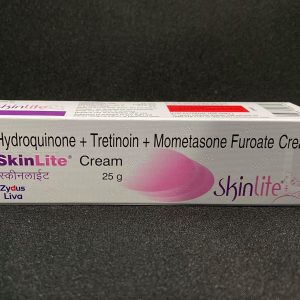 Skinlite Cream 25gKD4.000
Skinlite Cream 25gKD4.000 -
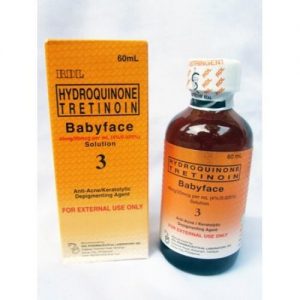 RDL Babyface Solution No. 3 60mlKD2.000
RDL Babyface Solution No. 3 60mlKD2.000 -
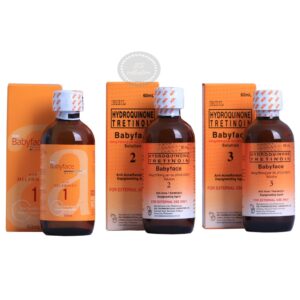 RDL Baby Face Solutions #1, #2 Or #3 60mlKD2.000
RDL Baby Face Solutions #1, #2 Or #3 60mlKD2.000 -
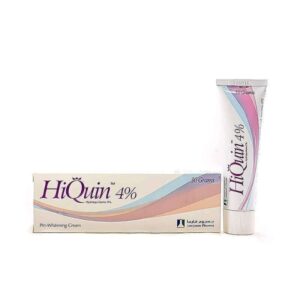 4% Hydroquinone HiQuin Cream 30gKD4.000
4% Hydroquinone HiQuin Cream 30gKD4.000 -
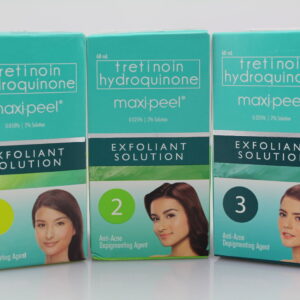 Tretinoin, Hydroquinone Maxi-Peel Exfoliant Solution 60 mLKD2.000
Tretinoin, Hydroquinone Maxi-Peel Exfoliant Solution 60 mLKD2.000 -
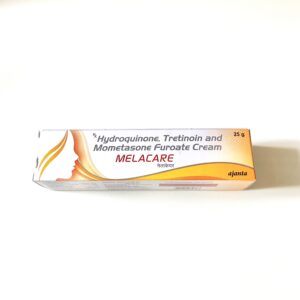 Melacare Hydroquinone + Tretinoin + Mometasone Furoate Cream 25gKD3.500
Melacare Hydroquinone + Tretinoin + Mometasone Furoate Cream 25gKD3.500 -
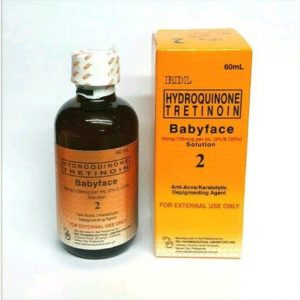 RDL Babyface Solution No. 2KD2.000
RDL Babyface Solution No. 2KD2.000 -
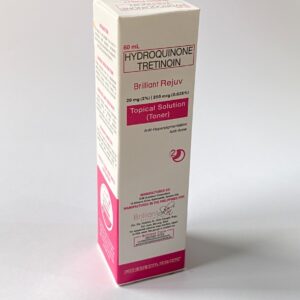 Hydroquinone Tretinoin Brilliant Rejuv Toner 60mlKD3.000
Hydroquinone Tretinoin Brilliant Rejuv Toner 60mlKD3.000 -
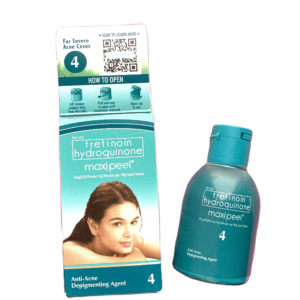 0.025% Tretinoin 4% Hydroquinone Maxi-Peel Solution No.4 60mLKD2.000
0.025% Tretinoin 4% Hydroquinone Maxi-Peel Solution No.4 60mLKD2.000 -
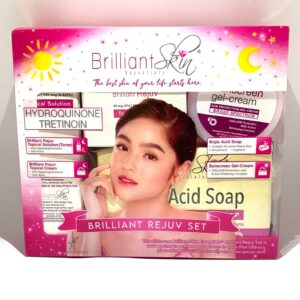 Brilliant Rejuv Set – Hydroquinone TretinoinKD7.000
Brilliant Rejuv Set – Hydroquinone TretinoinKD7.000 -
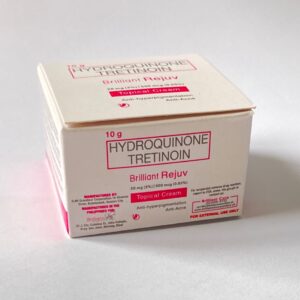 Hydroquinone Tretinoin Brilliant Rejuv Cream 10gKD3.000
Hydroquinone Tretinoin Brilliant Rejuv Cream 10gKD3.000 -
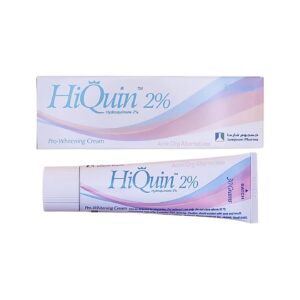 HiQuin Cream 30g – 2% Hydroquinone Solution for HyperpigmentationKD2.750
HiQuin Cream 30g – 2% Hydroquinone Solution for HyperpigmentationKD2.750 -
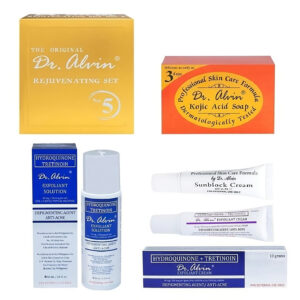 Dr. Alvin Rejuvenating Set No. 5 (Advance) – Hydroquinone + TretinoinKD7.000
Dr. Alvin Rejuvenating Set No. 5 (Advance) – Hydroquinone + TretinoinKD7.000 -
Product on sale
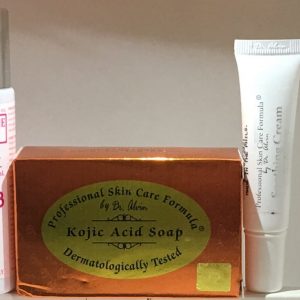 Dr Alvin Rejumax Program 3Original price was: KD9.000.KD7.000Current price is: KD7.000.
Dr Alvin Rejumax Program 3Original price was: KD9.000.KD7.000Current price is: KD7.000. -
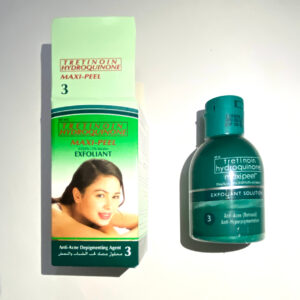 Maxi-Peel Exfoliant No.3 – 0.025%/2% Tretinoin, HydroquinoneKD2.000
Maxi-Peel Exfoliant No.3 – 0.025%/2% Tretinoin, HydroquinoneKD2.000 -
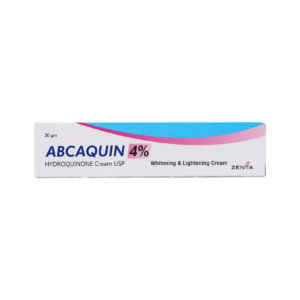 ABCAQUIN 4% Hydroquinone Whitening & lightening Cream 30gKD4.000
ABCAQUIN 4% Hydroquinone Whitening & lightening Cream 30gKD4.000 -
Product on sale
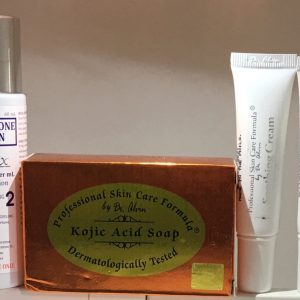 Dr Alvin Rejumax Program 2Original price was: KD9.000.KD7.000Current price is: KD7.000.
Dr Alvin Rejumax Program 2Original price was: KD9.000.KD7.000Current price is: KD7.000. -
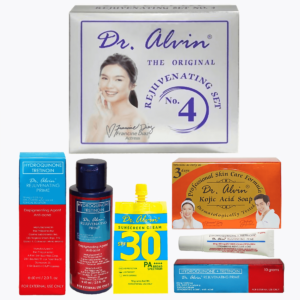 Dr. Alvin Rejuvenating Set No.4 (Prime) – Hydroquinone + TretinoinKD7.000
Dr. Alvin Rejuvenating Set No.4 (Prime) – Hydroquinone + TretinoinKD7.000 -
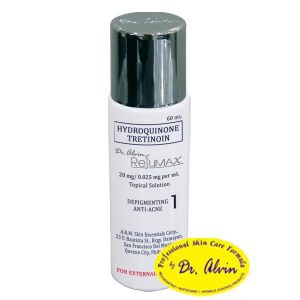 Dr. Alvin Rejumax Toner No. 1 60mlKD3.000
Dr. Alvin Rejumax Toner No. 1 60mlKD3.000 -
Product on sale
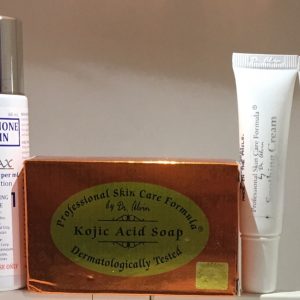 Dr Alvin Rejumax Set Program 1Original price was: KD9.000.KD7.000Current price is: KD7.000.
Dr Alvin Rejumax Set Program 1Original price was: KD9.000.KD7.000Current price is: KD7.000. -
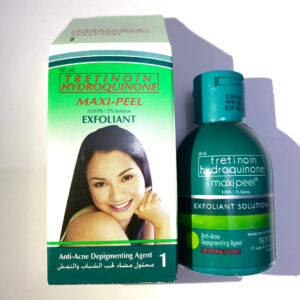 Maxi-Peel Exfoliant No.1 – 0.010%/2% Tretinoin, HydroquinoneKD2.000
Maxi-Peel Exfoliant No.1 – 0.010%/2% Tretinoin, HydroquinoneKD2.000 -
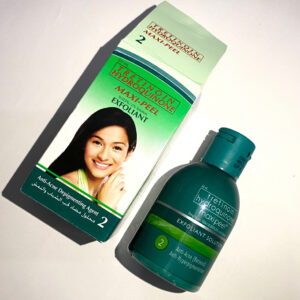 Maxi-Peel Exfoliant No.2 – 0.025%/2% Tretinoin, HydroquinoneKD2.000
Maxi-Peel Exfoliant No.2 – 0.025%/2% Tretinoin, HydroquinoneKD2.000 -
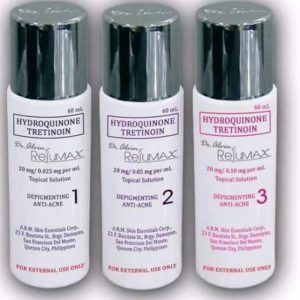 Dr. Alvin Rejumax Toners 1,2, & 3KD2.000 – KD2.500
Dr. Alvin Rejumax Toners 1,2, & 3KD2.000 – KD2.500 -
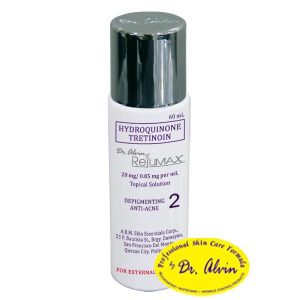 Dr. Alvin Rejumax Toner No.2 60mlKD3.000
Dr. Alvin Rejumax Toner No.2 60mlKD3.000 -
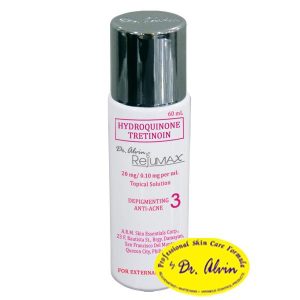 Dr Alvin Rejumax Toner #3 60mlKD3.000
Dr Alvin Rejumax Toner #3 60mlKD3.000

